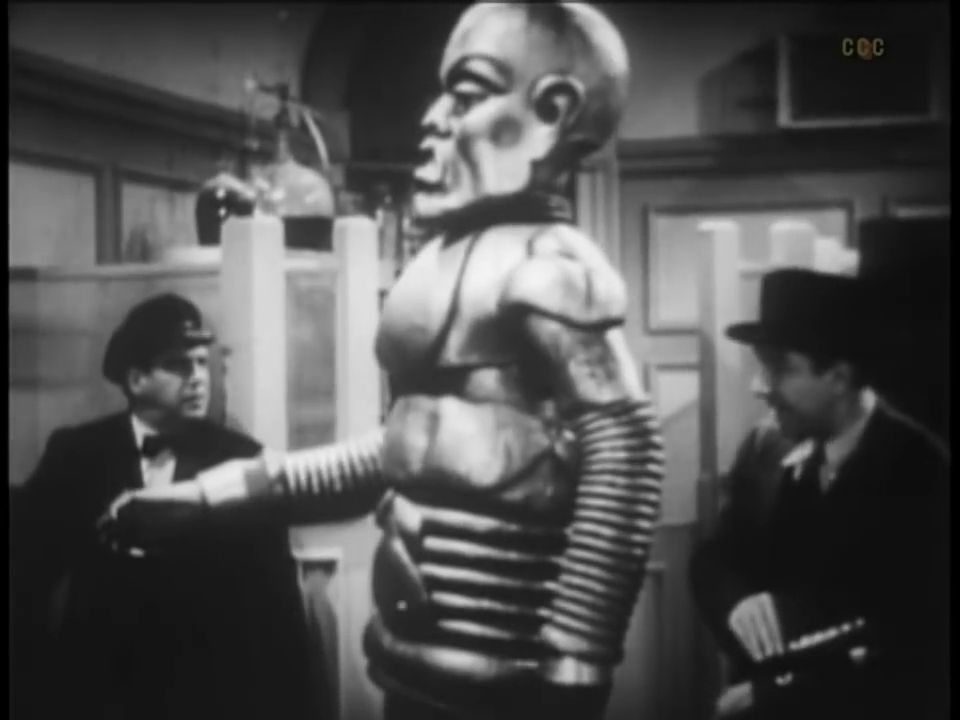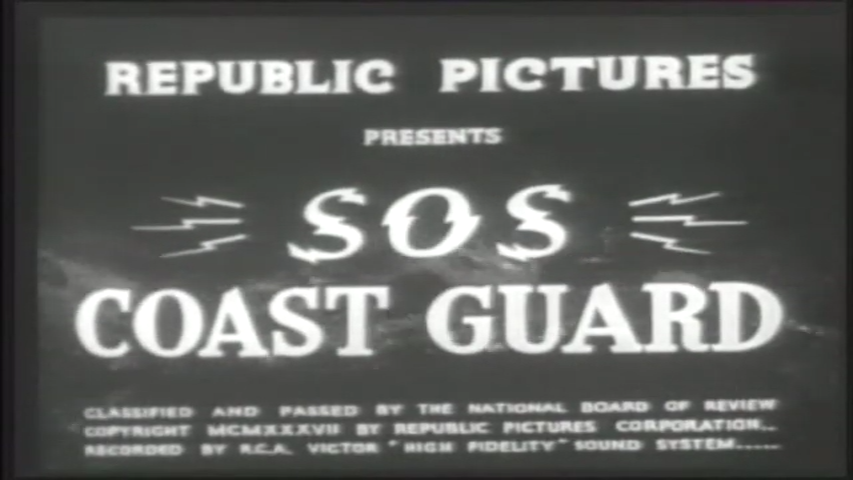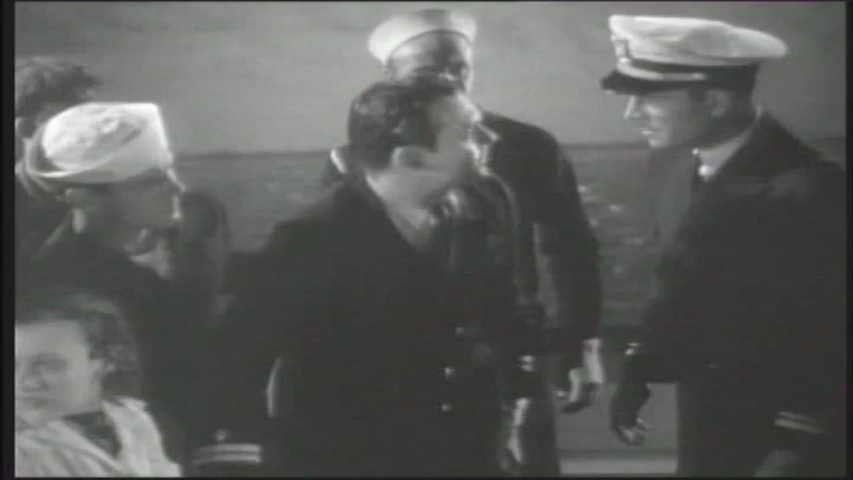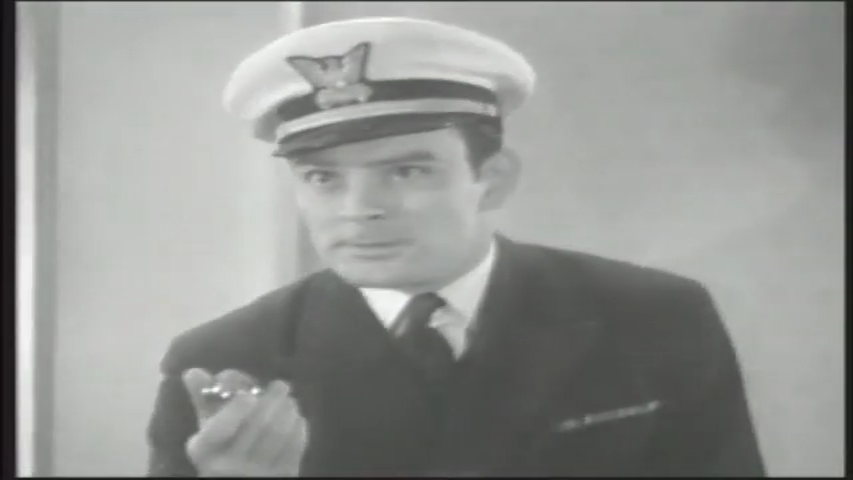-
#456 – The Phantom Creeps (1939)
The Phantom Creeps (1939)
Film review #456
Directors: Ford Beebe, Saul A. Goodkind
SYNOPSIS: An evil scientist named Dr. Zarko has developed inventions that he intends to use to take over the world. With the government and foreign spies constantly trying to get him to get a hold of his inventions, Zarko is uninterested until his wife his killed, when Zarko swears vengeance against the world. Faking his own death, he adopts a new disguise and sets to work. Bob West, a government agent, works together with Dr. Frank Mallory, Zarko’s once-assistant, and journalist Jean Drew to try to foil Zarko’s various attacks and the spies who want his work, while beginning to suspect Zarko is not dead after all…
THOUGHTS/ANALYSIS: The Phantom Creep is a 1939 film serial composed of twelve chapters. Most notable for featuring film icon Bela Lugosi as the villain, it would also be the last movie serial he would star in. The serial starts off introducing Lugosi’s character Dr. Alex Zarko, a brilliant scientist but a bit eccentric as he likes to play tricks on the government agents and foreign spies that are attempting to buy or steal his inventions. He takes everything in good stride until his wife is killed, and the thought of vengeance on the world completely consumes him, and begins using his inventions for evil after faking his own death. Government agent Bob West teams up with Dr. Frank Mallory, who was Zarko’s assistant who wanted him to donate his inventions to the government for the benefit of mankind, and left when he refused. Also working with Jean Drew, a journalist at a national newspaper. Together, they take on the spies that are attempting to get a hold of Zarko’s inventions, and investigate whether Zarko is really dead. One thing that stands out in this serial is all the various inventions that Zarko uses. He has invisibility, an eight-foot robot, robotic spiders that can paralyze people and also a device to put people into suspended animation. Normally, only one of these inventions would serve as the main plot point for a serial, but this serial gives us all of them. While all of these inventions have been the focus of other serials, having them all together like this gives some much needed variety, as different chapters focus on different things, and are used fairly creatively in the various schemes and set-ups. The plot has a lot of back-and-forth with the characters ending up at Zarko’s old home many times, only to be continually come under attack and being surprised when they do so. The story goes round in circles and lacks some direction with so many different things happening, but it’s better than nothing happening, which is what many serials do when they try to stretch very little over twelve to fifteen chapters.
In terms of characters, they are nothing special: there’s all the usual characters from the young action-hero, the sole female etc., but the star of the serial is obviously Bela Lugosi, who gets first billing, and is always the star of every film he is in. His performance is similar to his usual roles (he is the villain in a few serials), but he undoubtedly draws in the audience for those very roles. He also has an assistant called Monk, who plays the role of the idiotic assistant who bungles and sometimes intentionally sabotages Zorka’s plans provides some comedic value, but is mostly there to give Zorka someone to interact with and get his wrath out on.
With all of the inventions and devices that form the backbone of the action, the effects are fairly well pulled off. Of course, the mechanical spiders and the floating objects being carried by an invisible Zorka aren’t convincing nowadays, but there’s definitely worse I’ve seen in the serials of this time. One thing of interest is that there’s not many fistfights or gun shoot-outs, which is usually what most of the action in serials consist of. This serial has all of the inventions to replace that, but also focuses a little more on setting up large scale explosions or vehicle crashes that form the chapter’s cliffhangers. The chapters are also fairly longer than usual, going to about twenty minutes whereas some serials only have fifteen minute chapters with a lot of reused footage from a previous chapter. As such, I think you would get your value for money going to watch this at the theatre in comparison to others. Overall, The Phantom Creeps has a fair amount to offer viewers with its imaginative inventions, and Lugosi’s star quality. The story lacks direction sometimes and the other characters fall flat due to some dull acting and lack of anything unique about them, but overall the serial has enough to make it an above average venture.
-
#390 – S.O.S. Coast Guard (1937)
S.O.S. Coast Guard (1937)
Film review #390
SYNOPSIS: The renegade scientist Boroff has invented a disintegrator gas that unsurprisingly disintegrates everything around it when released. Boroff’s ship gets in trouble at sea, leading the coast guard to mount a rescue. However, he is recognised by some reporters along for the ride as a wanted criminal and they give chase as Boroff tries to escape. When one of the coast guards is killed as Boroff escapes, his brother Lt. Terry Kent, also a member of the coast guard, swears revenge and he and the reporters Jean Norton and Snapper McGee attempt to unravel the mystery surrounding Boroff and to put a stop to his evil schemes.
THOUGHTS/ANALYSIS: S.O.S. Coast Guard is a 1937 movie serial by Republic Pictures. The serial starts off with a ship in distress off the coast and the coast guard being deployed. Jean Norman, a newspaper reporter and Snappy McGee, a photographer for the newspaper, recognise the man rescued from the ship as Boroff, a wanted scientist who has been developing deadly weapons to sell to foreign powers. The coast guard give chase, which ends up in the death of one of them, Ensign Jim Kent. His brother, Lt. Terry Kent, who is also a member of the coast guard, swears revenge, and attempts to track down Boroff with the help of Jane and Snapper. The serial unfolds very much like every other serial, so there shouldn’t be no surprise with the cliffhangers, chases and fist fights that fill the chapters. The setting of the coast guard does make it stand out a little, with the scenes at sea and on the ships being well executed. There’s enough variety and a tangible thread of story all the way throughout to make it a watchable serial, but again the format does show its age, and if you’ve seen one you’ve more or less seen them all. The format meant that a lot of content could be produced quickly and at a small cost, but nothing original or innovative was attempted outside of those original constraints.
The characters are one of the noteworthy aspects of the serial, with some recognisable faces amongst the cast. The character themselves are pretty typical: you have the young, courageous American male for the lead, one female character, a mad scientist villain, and a comic relief character. Lt. Terry Kent is the typical lead, this time played by Ralph Byrd, who would be recognisable from the successful Dick Tracy serial that was released earlier in the same year. His character wears a hat most of the time so he distinguishes himself from Tracy enough that you wouldn’t be distracted by the similarities, but Byrd’s appearance in this serial definitely rides the success that Dick Tracy had. The villain is played by famous horror actor Bela Lugosi, who is not in a horror film role because of the ban on making horror movies that was put into effect between 1936 and 1938. The name of his character Boroff is more than likely a reference to fellow horror movie actor and Lugosi’s somewhat rival Boris Karloff. The character of Snappy McGee is very similar to the character of Mike McGurk in the Dick Tracy serial, and I was quite surprised to see it wasn’t the same actor, as they are very similar in terms of looks and mannerisms. Jean Norman’s actress Maxine Doyle also went on to marry the director of this serial (William Witney), so all round an interesting bit of trivia from the casting, even though their characters aren’t as stand-out.
Being set at sea for a decent amount of the runtime, there’s a lot of scenes on the ocean which are all executed fairly well. In the opening chapter we see Boroff’s ship the Carfax caught in a storm, and the set definitely looks like a boat in a storm, with huge waves soaking the set and the actors. There’s some decent effects and props which also breathe some life into the predictable storyline. While setting a serial in the coast guards might not sound as thrilling as a Flash Gordon serial or the like, it still manages a decent story with a good cast. If you liked the Dick Tracy serial, no doubt you would have sought this serial out as well.



















